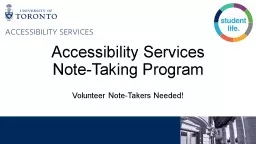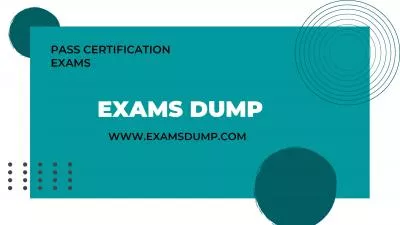PPT-Death by textbook Strategic reading and note-taking
Author : olivia-moreira | Published Date : 2019-02-03
Learning outcomes By the end of this workshop you should have a better idea how to Stay awake while reading Know what to read Know how much to read Keep track
Presentation Embed Code
Download Presentation
Download Presentation The PPT/PDF document "Death by textbook Strategic reading and..." is the property of its rightful owner. Permission is granted to download and print the materials on this website for personal, non-commercial use only, and to display it on your personal computer provided you do not modify the materials and that you retain all copyright notices contained in the materials. By downloading content from our website, you accept the terms of this agreement.
Death by textbook Strategic reading and note-taking: Transcript
Download Rules Of Document
"Death by textbook Strategic reading and note-taking"The content belongs to its owner. You may download and print it for personal use, without modification, and keep all copyright notices. By downloading, you agree to these terms.
Related Documents

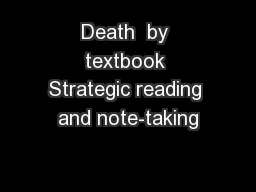
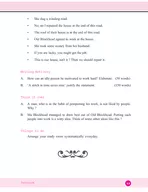
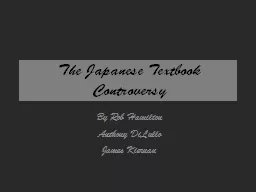
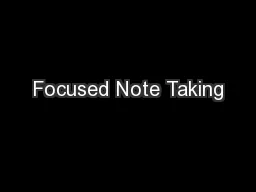



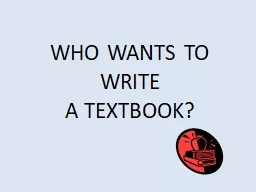
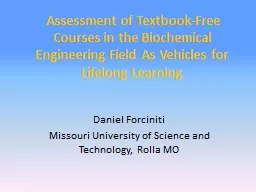

![[EPUB] - Cornell Notes Notebook: Note Taking with College Ruled Lines, Index and Numbered](https://thumbs.docslides.com/903546/epub-cornell-notes-notebook-note-taking-with-college-ruled-lines-index-and-numbered-pages-cherry-blossom-note-taking-system.jpg)
